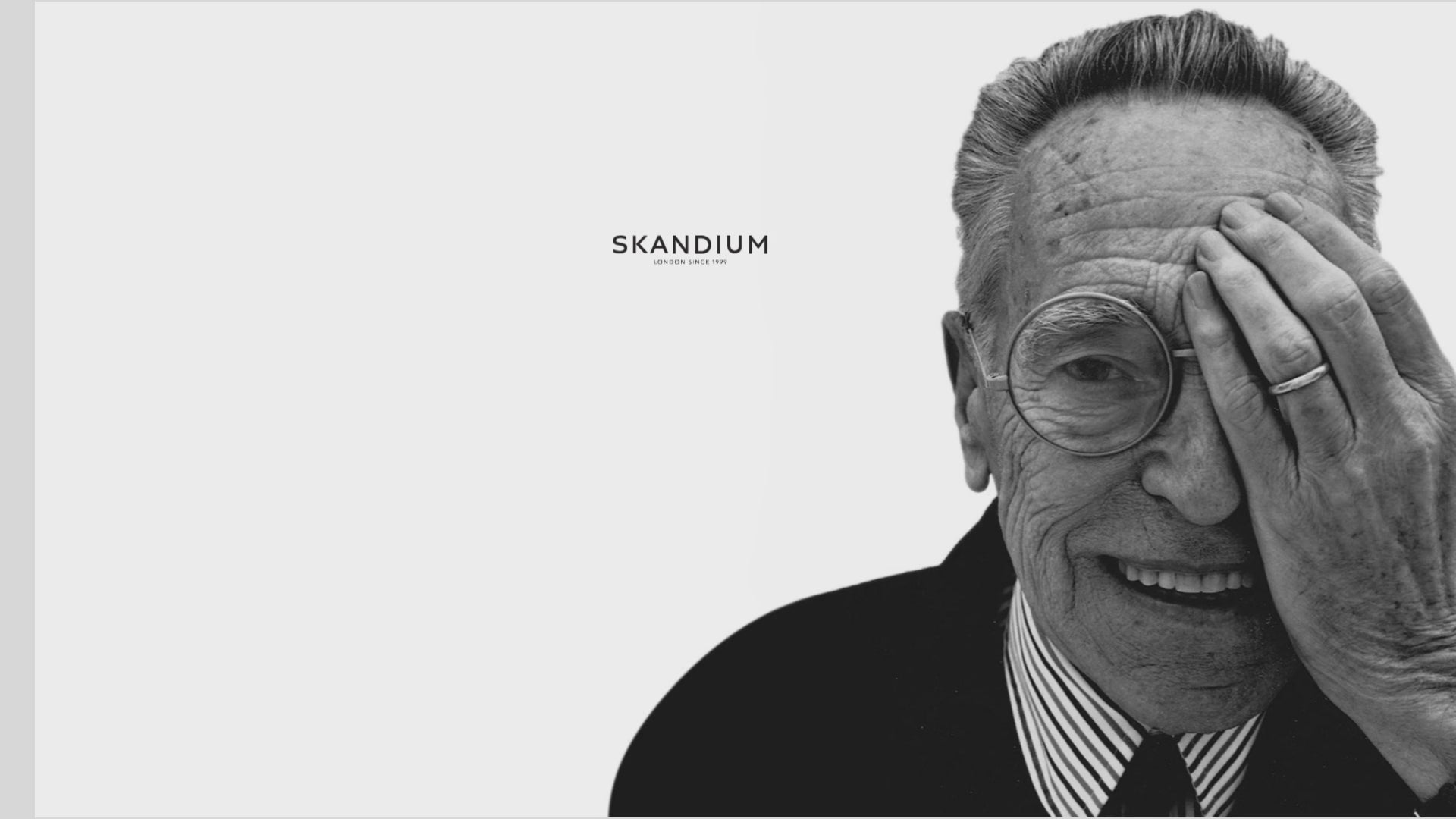10 Products

Harry Bertoia (1915-1978) was an Italian-born artist, sculptor, and modern furniture designer.
At the age of 15 he traveled from Italy to Detroit and enrolled in Cass Technical High School, where he studied art and design and learned the art of making handmade jewelry. In 1938 he attended the Art School of the Detroit Society of Arts and Crafts. The following year he received a scholarship to study at the Cranbrook Academy of Art where he encountered Walter Gropius and Ray and Charles Eames for the first time.
Opening his own metal workshop in 1939 he taught jewelry design and metal work. Later, as the war effort made metal a rare and expensive commodity he began to focus his efforts on jewelry making, even designing and creating wedding rings for Charles and Ray Eames. In 1943 he married Brigitta Valentiner and moved to California to work with Charles and Ray for the Evans Product Company. At this point they began to experiment with molded plywood under the auspices of their Plyformed Products Company.
With Eero Saarinen they developed a method for making molded plywood splints that would later evolve into processes for designing furniture. Bertoia remained as part of their staff, working on a variety of projects. He is informally credited with creating the metal spine/leg structure of the Eames Plywood Dining & Lounge chairs (DCM/LCM) Three years later he split with the Eames, concerned that his work was not receiving due credit, and preferring to work with metal rather than wood. In the same year he finally became a US citizen.
In 1950, he moved to Pennsylvania, to establish a studio, and to work with Hans and Florence Knoll. During this period he designed five wire pieces that became known as the Bertoia Collection for Knoll, among them the famous Diamond chair. In Bertoia's own words, If you look at these chairs, they are mainly made of air, like sculpture. Space passes right through them.
Unfortunately, the chair edge utilized two thin wires welded on either side of the mesh seat. This design had been granted a patent to the Eames for the wire chair produced by Herman Miller, who took Knoll to court and won. Bertoia & Knoll redesigned the seat edge, using a thicker, single wire, the same way the chairs are produced today.
In the mid 1950s the chairs being produced by Knoll sold so well, that the royalties Bertoia received for them allowed him to devote himself exclusively to sculpture. In 1957 he was a fellow at the Graham Foundation in Chicago. The sculptural work that he produced on his own explored the ways in which metal could be manipulated to produce sound. By stretching and bending the metal, he made it respond to wind or to touch, creating different tones.





















